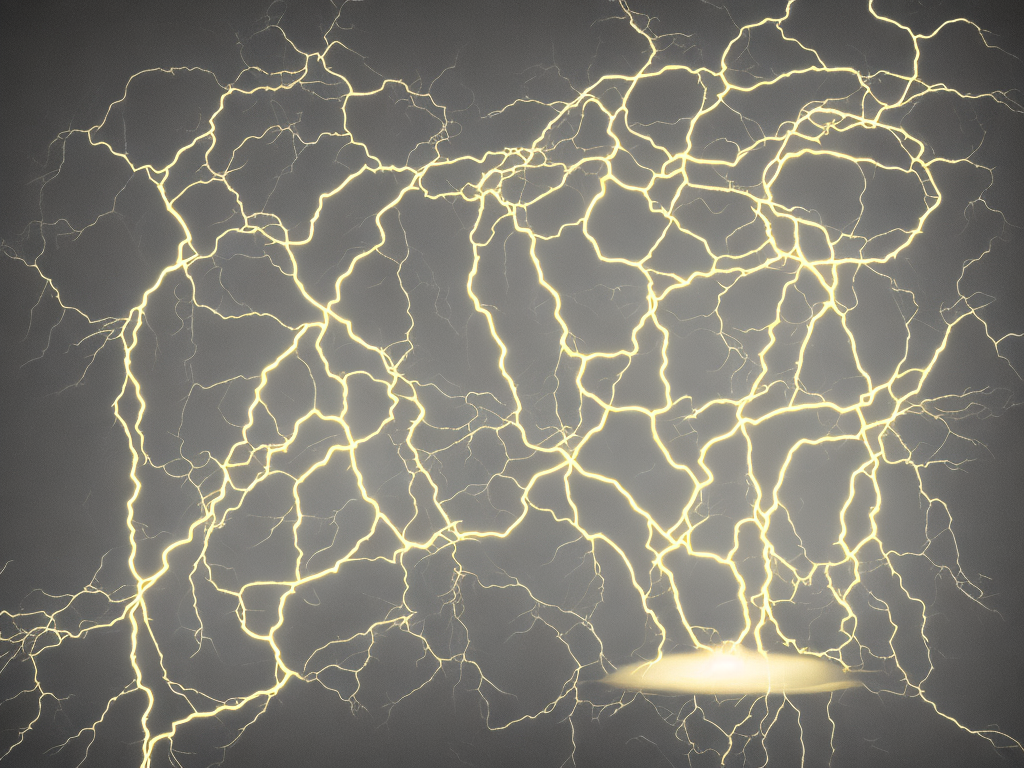
Electricity is the most widely used and convenient form of energy in our daily lives. It powers our homes, offices, and industries, it runs our electronic devices like computers, televisions, and mobile phones, and it drives our vehicles like cars and motorbikes. But the electricity that we use can come in different forms, one of which is AC and DC. Both AC and DC are different kinds of electrical currents, which have distinct characteristics and applications. In this article, we will explore the differences between AC and DC in detail.
Definition
AC stands for 'Alternating Current', which means that the electrons flow back and forth, i.e., they continuously change their direction in a circuit. It is produced by a generator or an alternator, which converts mechanical energy into electrical energy. AC is the most common type of electricity used in our homes and businesses. The standard voltage and frequency of AC in the United States are 120 volts and 60 Hertz (Hz), respectively, while in Europe, Asia, and Australia, it is 230 volts and 50 Hz, respectively.
DC stands for 'Direct Current', which means that the electrons flow in only one direction in a circuit. It is produced by a battery or a DC generator, which converts chemical energy into electrical energy. DC is often used in electronic devices like computers, televisions, and mobile phones, as well as in electric vehicles, submarines, and spacecraft.
Voltage and Current
AC has a constantly changing voltage and current, which means that the voltage and current vary in magnitude and direction over time. In other words, the voltage and current of an AC wave go from positive to negative and from negative to positive continuously. The peak voltage of an AC wave is √2 times the RMS voltage, while the peak current is also √2 times the RMS current.
DC, on the other hand, has a constant voltage and current, which means that the voltage and current remain the same in magnitude and direction over time. The voltage and current of a DC circuit always flow in the same direction from positive to negative.
Efficiency
AC is considered more efficient than DC at transmitting electricity over long distances. This is because the voltage of an AC wave can be increased or decreased using a transformer, which changes the voltage level without significant power loss. This allows AC to be transmitted over long distances with much lower energy losses compared to DC.
DC has higher energy losses when transmitted over long distances, as the voltage cannot be easily changed. This means that the energy loss due to resistance in the power lines is much higher in DC circuits, resulting in more power loss and less efficiency.
Polarity
AC does not have any polarity, as the voltage and current oscillate in both directions. In other words, the current flows back and forth at a specific frequency, without any preference for direction.
DC, on the other hand, has polarity, which means that the current flows in only one direction, from positive to negative. Hence, the positive and negative terminals of a DC circuit are important to know and maintain.
Applications
AC is widely used in power generation, transmission, and distribution, due to its higher efficiency and lower energy losses. AC is also the most common type of electricity used in our homes, offices, and industries for lighting, heating, and cooling purposes.
DC is used in electronic devices, such as computers, mobile phones, and televisions, due to its consistent voltage and low noise. DC is also used in electric vehicles, submarines, and spacecraft, as it can provide an uninterrupted source of power for a longer time.
Safety
AC is considered more dangerous than DC, as the frequency of AC can interfere with the natural electrical signals in the human body. If a person comes into contact with an AC circuit, the muscles in the body can contract and cause the person to be unable to let go of the circuit. Moreover, the high voltage of AC can cause more severe electrical burns and injuries than DC.
DC, on the other hand, is less dangerous than AC, as it does not interfere with the natural electrical signals in the human body. If a person comes into contact with a DC circuit, the muscles in the body do not contract as violently as with AC, and the person can usually let go of the circuit easily. However, a direct current of high enough voltage can still cause severe burns and injuries.
Conclusion
In conclusion, AC and DC are two different types of electrical currents, which have distinct characteristics and applications. AC has a constantly changing voltage and current, higher efficiency, no polarity, and is more dangerous than DC. DC has a constant voltage and current, lower efficiency, has polarity, and is less dangerous than AC. Both AC and DC have their unique advantages and disadvantages, which make them suitable for different applications.
 Self-Instruct
Self-Instruct